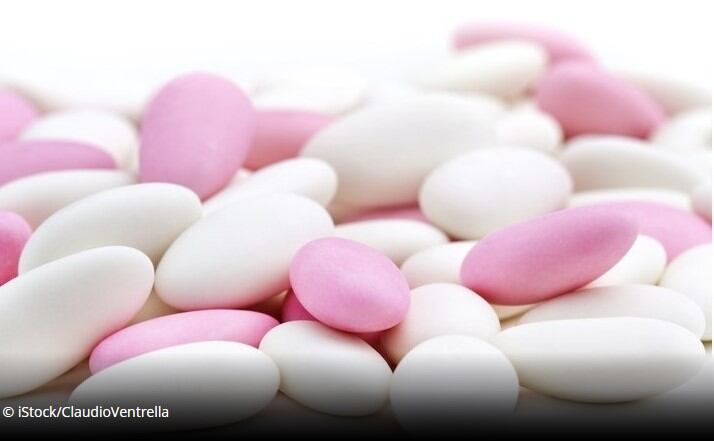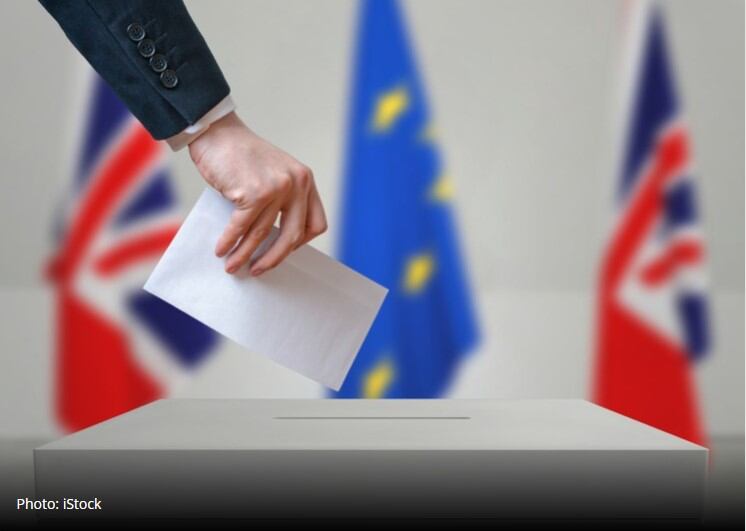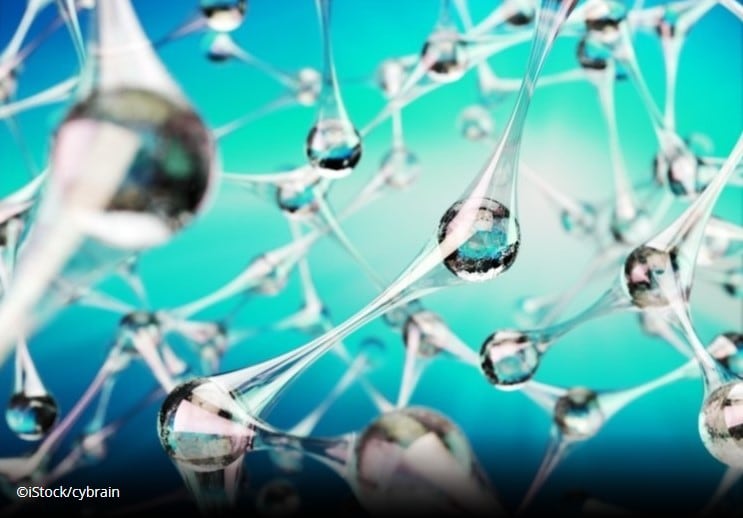Regulation 2022/63 has been adopted as law, banning the use of titanium dioxide (E171) as a food additive in the EU, following EFSA’s ruling that it is ‘not safe’.
As it is a ‘regulation’ rather than a ‘directive’, it takes immediate effect and does not have to be transposed into national law by individual Member States,
However, in the UK, the use of titanium dioxide is still permitted, with no indications that it will align with the EU on this issue.
In the UK the issue has been reviewed by independent scientific advisory committees: COM (Committee on Mutagenicity of Chemicals in Food, Consumer Products and the Environment) and COT (Committee of Toxicology).
In its interim position paper, published this month, COT said it did not agree with the “precautionary” approach of EFSA, as “the weight of evidence did not support the conclusions drawn by EFSA”.
The COT also said it agreed with the comments of the COM that “the conclusion is highly risk adverse based on the weak evidence available, and it might create unnecessary concern to the public”.
Titanium dioxide still under review in the UK
This has resulted in the UK Food Standards Agency launching its own review of the safety of titanium dioxide as a food additive.
According to Mark Tallon, CEO of Legal Products Group, which advises FMCG companies on food and cosmetics law, the debate will most likely shift to what size of nano particle is considered safe.
“The issue here may boil down to the rejection of titanium dioxide with a certain degree of nano particles whilst a nano free version may be considered as safe,” he told this publication.
And he believes that the decision could have far-reaching implications beyond this additive alone.
“The wide effect of this case is that most novel foods applications going forwards will likely have to provide some particle size analysis,” he said.
One of the idiosyncrasies of the current situation is that titanium dioxide is now outlawed in food and food supplements but allowed in medicine.
Stricter rules for food than medicine
“What is strange is that we are having a ban in foods at EU level, yet it will remain permitted in medicines.
“As a substance that is considered as genotoxic and likely reprotoxic then I would expect that as this issue becomes mainstream there will be a search for alternatives from the medicines agencies and associated companies,” said Tallon.
Joris Geelen, Managing Director of Food Law Consult, a provider of regulatory and scientific consulting services in food and consumer products, also offered his take on this point:
“Once again, food supplements are more stringently regulated than medicine. The European Medicines Agency decided not to ban titanium dioxide in medicine yet, mainly to avoid shortages.
“They will re-evaluate the situation in a few years. The pharmaceutical industry will also have to make an extra effort to research and develop alternatives to replace titanium oxide,” he told Nutraingredients.
Race to reformulate?
In the food and supplement industry, meanwhile, operators can continue selling products containing E171 in the EU for six months from the date the regulation was adopted (14 January).
Those foods can continue to be marketed until their ‘use by’ date (which may extend beyond the six-month transition period).
According to Geelen, reformulation to exclude titanium dioxide from food products is already well underway.
“Some companies already started looking for replacements in 2020, when France prohibited it. Most food business operators started reformulating last year. Some are still in the process of doing so,” he said.
Titanium dioxide is used to achieve a bright white colour in a range of food, nutraceutical, food supplement and pharmaceutical products, from chewing gum and confectionery to sunscreen, toothpaste, soft gels, hard capsules, tablets, lozenges and gummies.
Due to its efficiency and effectiveness, it is widely used for this purpose, according to Nina Borth, Marketing Director, Food Colors Europe, at Sensient Technologies Europe.
“Titanium dioxide can be used for various reasons: to whiten or lighten a product, to decrease transparency, or increase the brightness of light color shades. As titanium dioxide is brilliantly white with strong performance at low usage rates, it was the most widely used solution,” she said.
Declining popularity
However, she said that scrutiny and pushback from consumer advocacy groups and regulatory bodies across the globe continue to create uncertainty and controversy over the acceptance of titanium dioxide.
“This has caused a significant decline in usage over the past decade,” said Borth.
At the same time, replacing titanium dioxide has its challenges, as Borth alludes to:
“As titanium dioxide is highly versatile in application, any sort of replacement will be limited to certain applications and may also be limited to certain geographic regions. The market is on an ongoing journey to decrease the usage of titanium dioxide,” she said.
“As Sensient has been following this global shift away from titanium dioxide closely over the years, we have been innovating solutions for nutraceutical and pharmaceutical manufacturers interested in cleaner ingredient alternatives,” she added.




